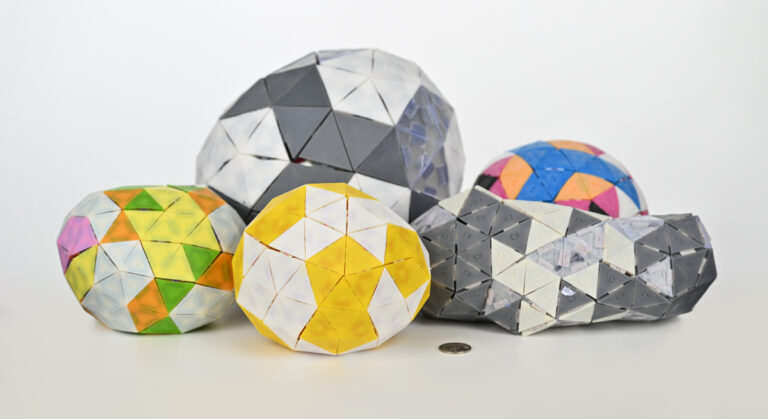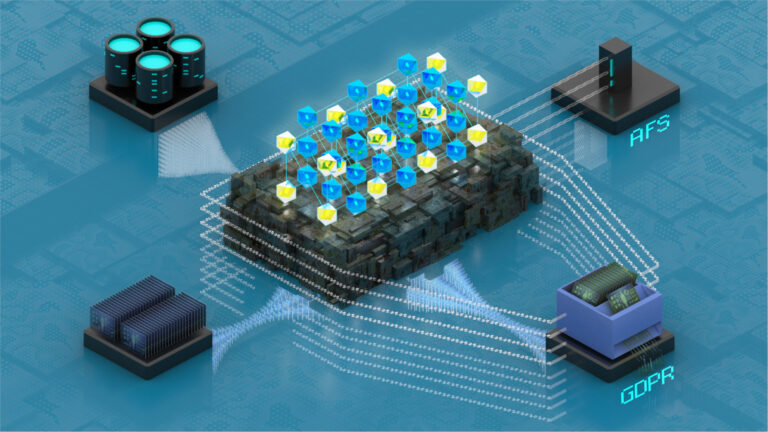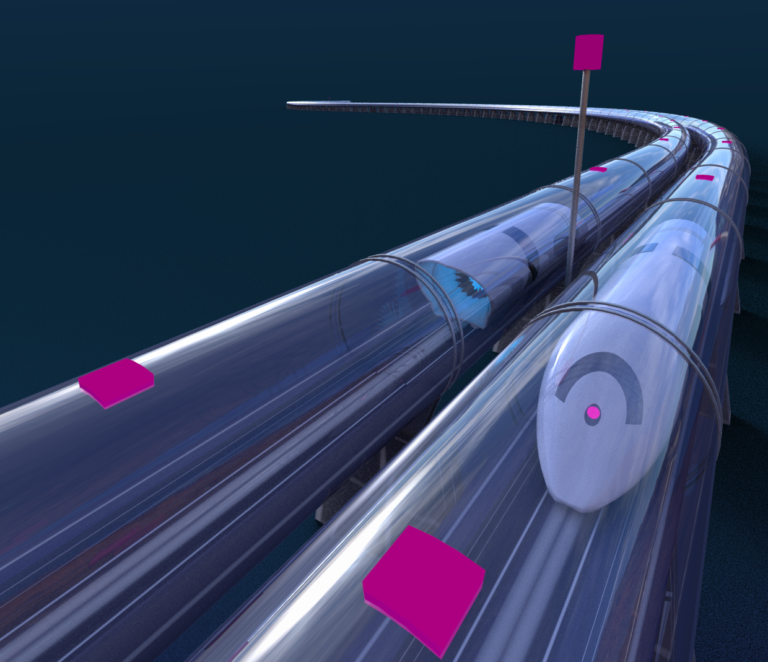Computer Science
Ferrofluid surface simulations go more than skin deep
Computer models efficiently and accurately simulate the magnetic responses of ferrofluids by considering only the fluid’s surface.

KAUST researchers are applying computer simulations to model ferrofluid behavior with the goal of developing an efficient and accurate algorithm to simulate the macroscopic shapes and dynamic movement of ferrofluids. 2021 KAUST; Anastasia Serin. https://discovery.kaust.edu.sa/en/article/1059/ferrofluid-surface-simulations-go-more-than-skin-deep
KAUST researchers are applying computer simulations to model ferrofluid behavior with the goal of developing an efficient and accurate algorithm to simulate the macroscopic shapes and dynamic movement of ferrofluids. 2021 KAUST; Anastasia Serin. https://discovery.kaust.edu.sa/en/article/1059/ferrofluid-surface-simulations-go-more-than-skin-deep
The spiky structure that erupts from the smooth surface of a ferrofluid when a magnet is brought close can be predicted more accurately than previously thought. KAUST researchers have shown that computational algorithms can calculate the ferrofluid’s bristling response to a magnet by simulating only the liquid’s surface layer.
Ferrofluids are liquid suspensions of iron-based particles that behave like a regular fluid, but once a magnet is present, the ferrofluid rapidly shape-shifts to form spikes that align with the magnetic field. Originally developed by NASA, ferrofluids have numerous uses ranging from advanced electronics to nanomedicine and have the potential for even broader use, if their magnetic responses could be predicted more accurately.

When a magnet is brought close to a ferrofluid, the ferrofluid shape-shifts to form spikes that align with the magnetic field.
Reproduced with permission from © 2020 Huang et al.
Dominik Michels and his team are applying computer simulations to model ferrofluid behavior. “Our aim is to develop an efficient and accurate algorithm to simulate the macroscopic shapes and dynamic movement of ferrofluids,” says Libo Huang, a Ph.D. student in Michels’ team.
Recently, looking at the wider field of fluid simulation, the team has shown that the concept of simulating fluid motion by considering only the liquid’s surface can be adapted to ferrofluids.
“While the surface-only liquid simulation provides a platform for fluid simulation, its extension to ferrofluids is significant,” Huang says. To model a fluid’s behavior based only on its surface, the liquid must respond to inputs in a simple linear fashion. Most ferrofluids have a complex non-linear response to a magnetic field.
“Our aim is to develop an efficient and accurate algorithm to simulate the macroscopic shapes and dynamic movement of ferrofluids,”
However, the team showed that as long as the magnetic field is not too strong, the response is close to linear, enabling them to perform a surface-only calculation of the magnetic field response.
In the simulation, the researchers represented the liquid surface as a series of triangles, Huang explains. “The representation of ferrofluids as surface triangles allowed us to accurately estimate the curvature of the liquid interface as well as the interface position,” he says. The spike structure can be simulated by calculating the interplay between the magnetic force and the liquid’s surface tension.
Considering only the fluid’s surface, rather than its entire volume, made the simulation far more computationally efficient, enabling more accurate simulation of the complex ferrofluid behavior. “We were able to reproduce the distance between spikes of the real fluid’s spike pattern in an accurate quantitative fashion,” Michels says. “We could simulate much more complex dynamic motion.”
The next step could be to extend the work to include nonlinear magnetic relationships, Huang says.
References
- Huang, L. & Michels, D.L. Surface-only ferrofluids. ACM Transactions on Graphics 39, 174 (2020).| article
You might also like

Bioengineering
AI tool predicts function of unknown proteins

Bioengineering
Shuffling the deck for privacy

Bioengineering
AI for cells helps illuminate their identity

Computer Science
Dr. KID turns biological models into fun puzzles

Bioengineering
Safeguarding the right to be forgotten

Applied Mathematics and Computational Sciences
Staying online in the high-speed tube of the future

Bioengineering
Lab-grown skin helps unlock secrets of mpox virus infection

Bioengineering




